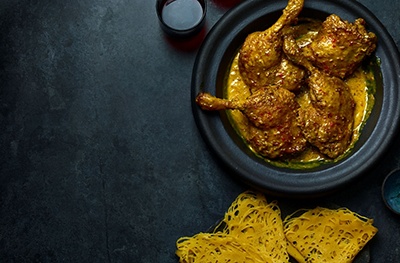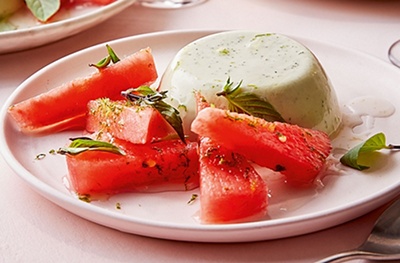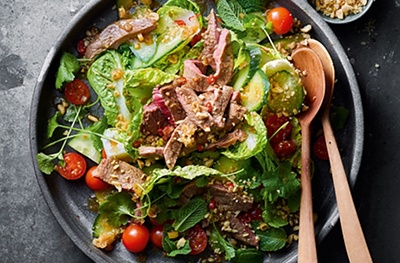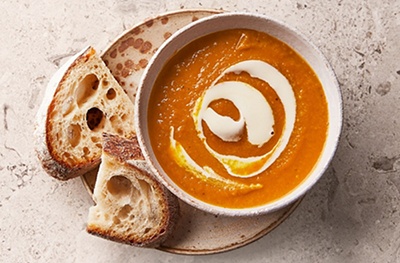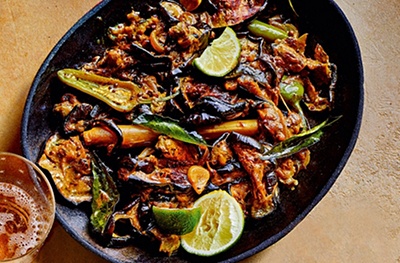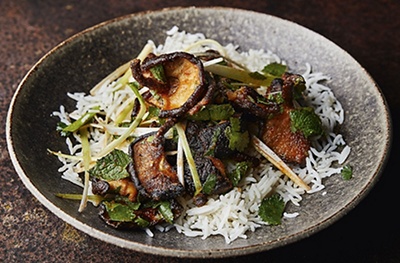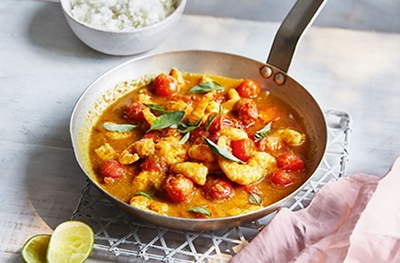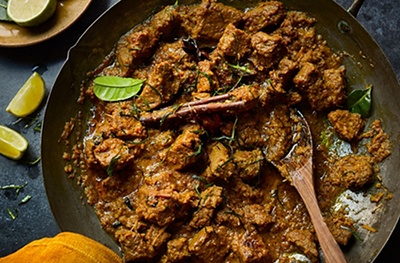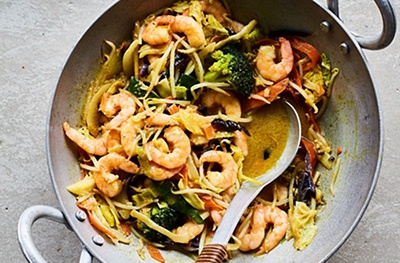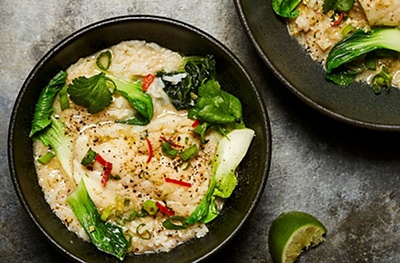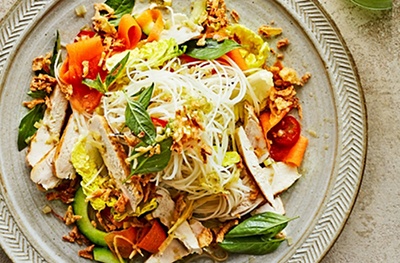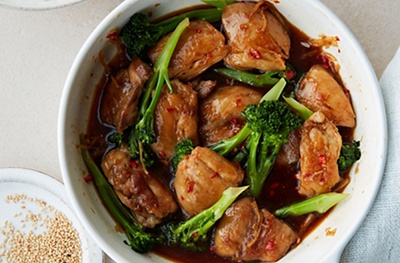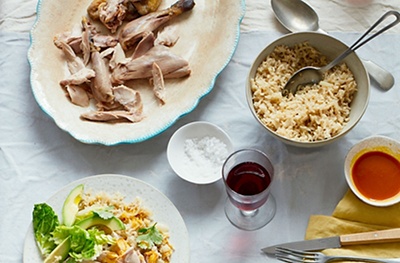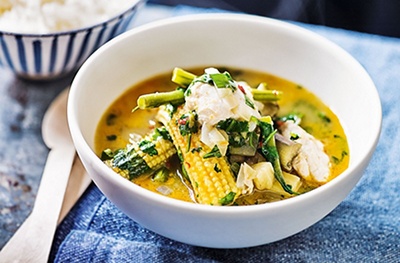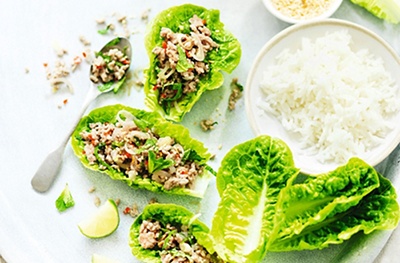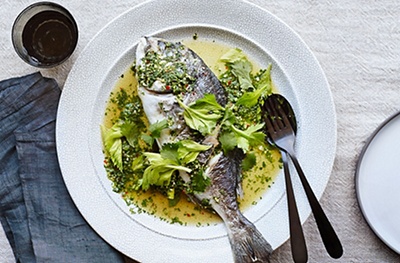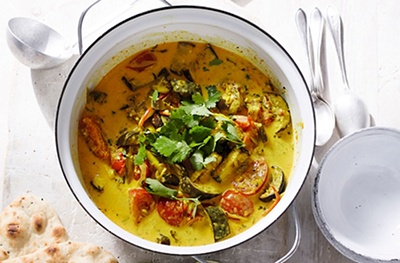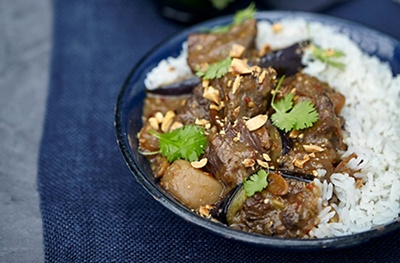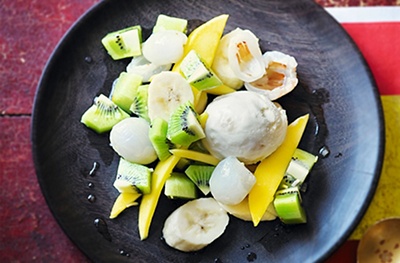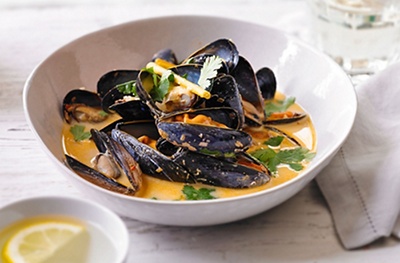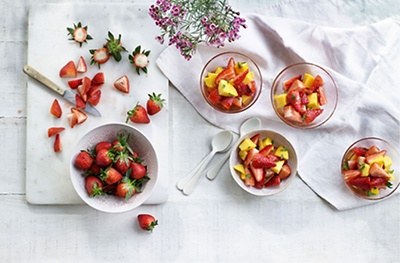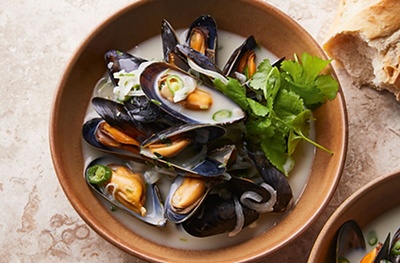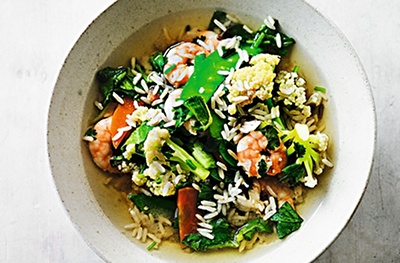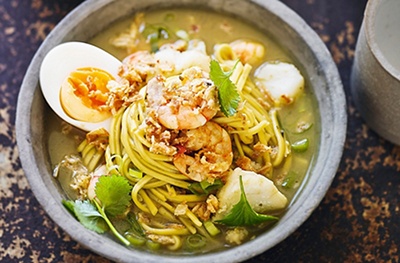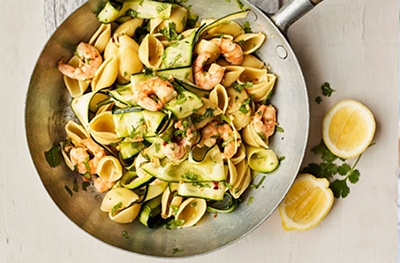ChristmasFresh & ChilledBakeryFood CupboardFrozenBeer, Wine & SpiritsTea, Coffee & Soft DrinksHouseholdToiletries, Health & BeautyBaby & ToddlerPetHomeShop by OccasionNewOrganic ShopFirst For WelfareDietary & LifestyleWaitrose BrandsBrandsNewEveryday ValueNew Year's EveChristmas DinnerDesserts, Pudding & CakeChocolate, Sweets & NutsParty FoodMince PiesChristmas TurkeyChristmas CrackersWine, Fizz & DrinksNo.1 ChristmasCards, Gifts, Wrap and DecorationsChristmas Taste ApprovedNewChristmas CheeseboardChristmas Free FromChristmas Breakfast & BrunchShop The TV AdFresh FruitFresh VegetablesIn Season Fruit & VegetablesFresh Salad & HerbsReady MealsFresh MeatFresh Chicken & PoultryChilled Fish & SeafoodMilk, Butter & EggsCheeseYogurtsChilled Juice, Smoothies & DrinksCooked Meats, Deli & DipsPies, Quiches & Savoury SnacksDessertsParty FoodEasy To Cook MealsFresh Pizza & Garlic BreadFresh Pasta & SaucesFresh SoupsVegetarian FoodVeganFood To GoChristmas BakeryBreadFresh BreadCakes & TartsRolls, Bagels & ThinsBaguettes, Ciabatta & Continental BreadsWraps, Tortillas & Pitta BreadBirthday & Celebration CakesCroissants, Brioche & PastriesCrumpets, Pancakes & WafflesDoughnuts, Muffins & CookiesPart Baked Bread & RollsTeacakes, Fruit Loaves & SconesPatisserieBreakfast CerealCrisps, Snacks & NutsChocolate & SweetsBiscuits & CrackersTins, Cans & PacketsRice, Pasta & PulsesSugar & Home BakingJam, Honey & SpreadsDried Herbs, Oils & VinegarCondiments, Dressings & MarinadesJarred Goods, Pickles & OlivesDessertsCooking Sauces & Meal KitsIce Cream, Frozen Yogurt & SorbetsFrozen Vegetables, Herbs & RiceFrozen Fish & SeafoodFrozen Meat & PoultryFrozen Chips & PotatoesFrozen Ready MealsFrozen DessertsFrozen Fruits & Smoothie MixesFrozen Bread, Croissants & PastryFrozen PizzaFrozen Snacks & Party FoodFrozen Vegetarian FoodFrozen VeganIce CubesWineChampagne & Sparkling WineBeerCiderSpirits & LiqueursCocktails & Pre Mixed DrinksAlcohol Free and Low Alcohol DrinksTonic & MixersIce Cubes, Lemons & LimesGlassware & BarwareGiftsTeaCoffeeHot Chocolate & MaltsWaterSquash & CordialsJuicesFizzy DrinksAdult Drinks & MixersSports & Energy DrinksFunctional & Wellness DrinksKids & Lunchbox DrinksLaundry & DetergentsToilet RollsCleaning CupboardDishwashingGeneral HouseholdKitchen RollsCling Film, Foils & Food StorageCandles & Air FreshenersBin BagsEco FriendlyTissuesLight BulbsBigger PacksBath, Shower & SoapDental CareHair CarePharmacy & HealthFacial SkincareDeodorants & Body SpraysBody CareHealth & Beauty GiftingTissuesMen's ToiletriesShaving & Hair RemovalSensitive Bladder & IncontinenceNatural BeautyTights & SocksPeriod & Intimate CareSun Creams & After SunBaby & Toddler FoodMilk & FormulaBaby & Toddler ToiletriesBaby & Toddler WipesNappies & PantsBottles & Breast Feeding AccessoriesBaby & Toddler HealthcareBrandsBaby & Child ToysBaby Toys, Clothing & LaundryCatsDogsBird FoodShop By BrandTreatsChristmas at HomeCook & DineBeddingBath & Bathroom AccessoriesGarden & OutdoorCandles & Home FragranceHome AccessoriesFresh Flowers & PlantsToysCards, Gifts & PartyReusable BagsElectricalsStationery, Home Office & ElectricalsSewing, Clothes Care & RepairUtilityNewsagent & TobacconistNewsagentsGiftsBuild a Food HamperCharcuterieAfternoon TeaEasy Cook DinnerLunchbox EssentialsWork from Home LunchBottomless BrunchBreakfast on the GoMovie NightFresh, Chilled & BakeryDrinksFood CupboardHousehold & FamilyToiletries, Health & BeautyFrozenDuchy OrganicFresh & ChilledBakeryFrozenFood CupboardTea, Coffee & Soft DrinksBeer, Wine & SpiritsFree FromPet FoodBabyBeautyHouseholdBetter Chicken CommitmentFree Range PorkBritish LambFree Range EggsBritish BeefContinental CharcuterieResponsibly Sourced Fish30 Plants a WeekVeganFree FromVegetarianHigh ProteinHealthy OptionsAlcohol Free and Low Alcohol DrinksKosherB CorpFairtradeFunctional & Wellness DrinksPlant LivingMeat FreeNo.1 Waitrose & PartnersAngela Hartnett with WaitroseEssential Waitrose & PartnersDuchy Organic Waitrose & PartnersCooks IngredientsThe Levantine TablePlantLivingWaitrose & Partners FoundationLeckford EstateOttolenghiWildfarmedGymkhana SaucesAll Dressed UpBang! Curry KitsBaz & CoBella & DukeBlanco NinoChariTeaFrejaGood PhatsHip PopLiving ThingsOcean SaverOdyseaOle & SteenOmega PresseryPlanet FarmsPresto CoffeePunchyRhythm 108Tap SocialThe Estate DairyThe Glorious MessThe Good Crisp CompanyTiba TempehTonic HealthTorresWilderbeeReady Made Pancakes & CrepesPancake Mix & IngredientsToppings & SaucesVegan & Free From PancakesFruit, Veg & SaladChilled Meat & FishDairy & EggsFood CupboardBakery & DeliFrozenTea, Coffee & Soft DrinksHealth & BeautyPet & HouseholdBooksNewspapersTobacconistNursery & Pre-SchoolMenyuJapanese IngredientsSushi and BowlsJapanese Sake and BeerJapanese Desserts and DrinksParty FoodWine, Fizz & DrinksDine InDessertsPrepared Food To OrderValentine's Day Gifts, Cards & WrapBurns Supper InspirationDessertsWhiskyCooking IngredientsReady MealsAccessoriesVitamin DIronFemale HealthFruit and VegetablesMeat and FishDairy and Eggs
Lemongrass recipes

lemongrass
Imagine yourself in warmer climes with the unique aroma of lemongrass. Use to infuse coconut milk, curries, marinades and stir fries with zesty freshness – or as a stirrer in summer cocktails.
Filter
Five spice & lemongrass short ribs
Lemongrass steak noodle bowl
Sri Lankan-style prawn & red lentil broth
Crispy rice, duck & raspberry salad
Coriander & coconut salmon
Coal-roasted aubergine with 'waterfall' herb salad
Lemongrass & lime syrup
Beef, coconut & lemongrass stew
Lemongrass chicken lettuce cups
Squash noodle soup
Ginger & lemongrass chai
Pineapple & prawn rice
Duck rendang with roti jala
Thai basil panna cotta with watermelon salad
Simple Thai-style beef salad with chilli & peanut
The best vegetable curry
Butternut squash, ginger & lemongrass soup
Thai-inspired salmon & broccoli bake
The no-alcohol spritz
Yellow aubergine curry
Thai-inspired shiitake stir fry
Exotic fruit salad with lemongrass & peppercorn syrup
Cardamom collins
Tomato, prawn, lemongrass & lime leaf curry
Rendang daging (beef rendang)
Speedy prawn & coconut curry
Yuzu, lemongrass and ginger syrup
Pork & sweetcorn patties
Thai-style poached cod with lime and lemongrass
Pork fillet with lemongrass and chilli green beans
Stir-fried lemongrass chicken & rice
Vietnamese style chicken & noodle salad
Vietnamese-style caramelised chicken
Aromatic poached guinea fowl
Red Thai chicken & aubergine curry
Thai pork lettuce cups
Steamed sea bream with chilli, lime and lemon grass
Tuna steaks with lime, chilli & coriander
Aubergine & lemongrass curry
Ox cheek and aubergine massaman curry
Tropical fruits with lemon grass & ginger syrup
Thai red curry mussels with lemongrass
Fragrant strawberry & mango salad
Spicy mussels with coconut & coriander
Lemongrass, prawn & wild rice soup
Seafood laksa
Prawn & courgette pasta with lemongrass
















